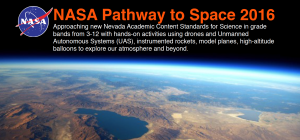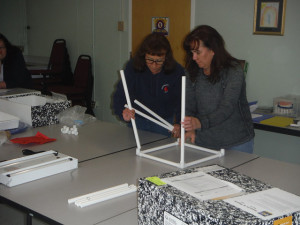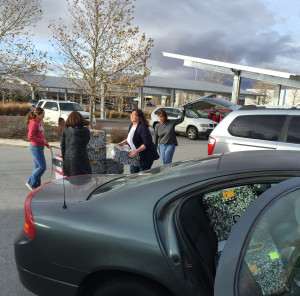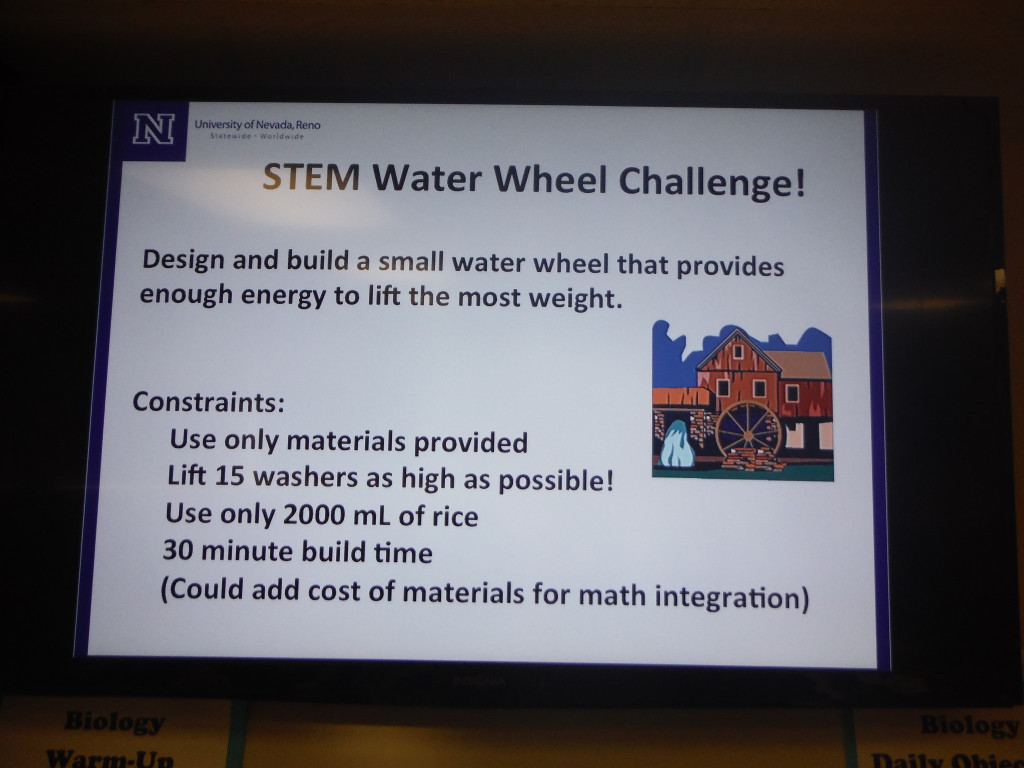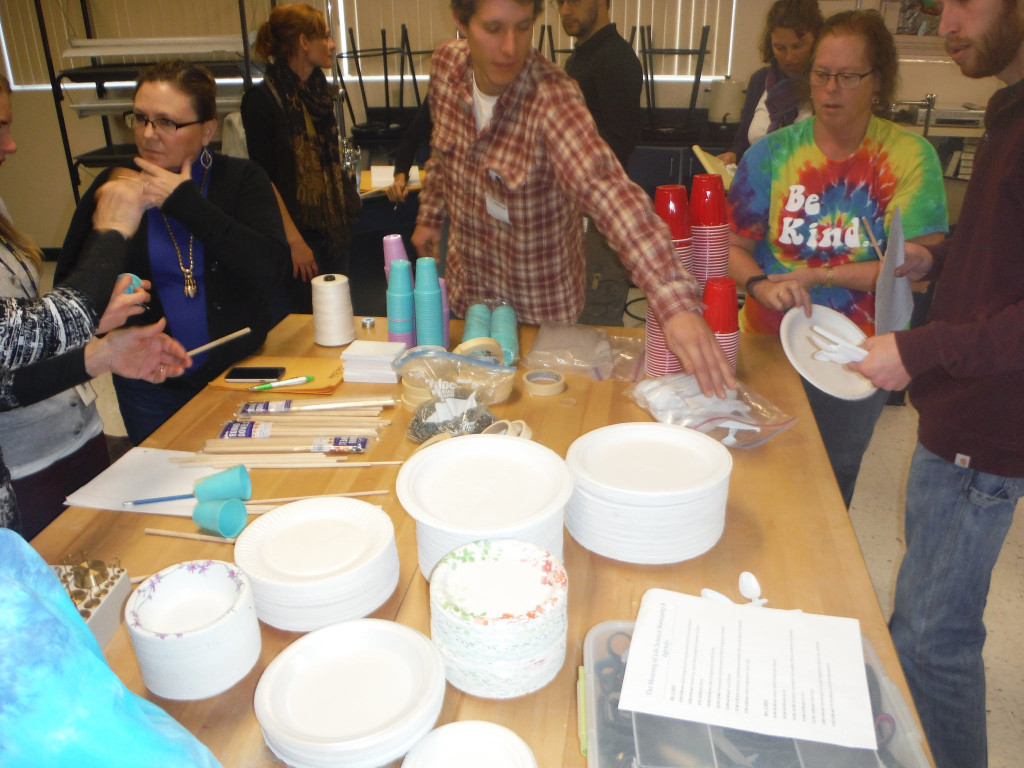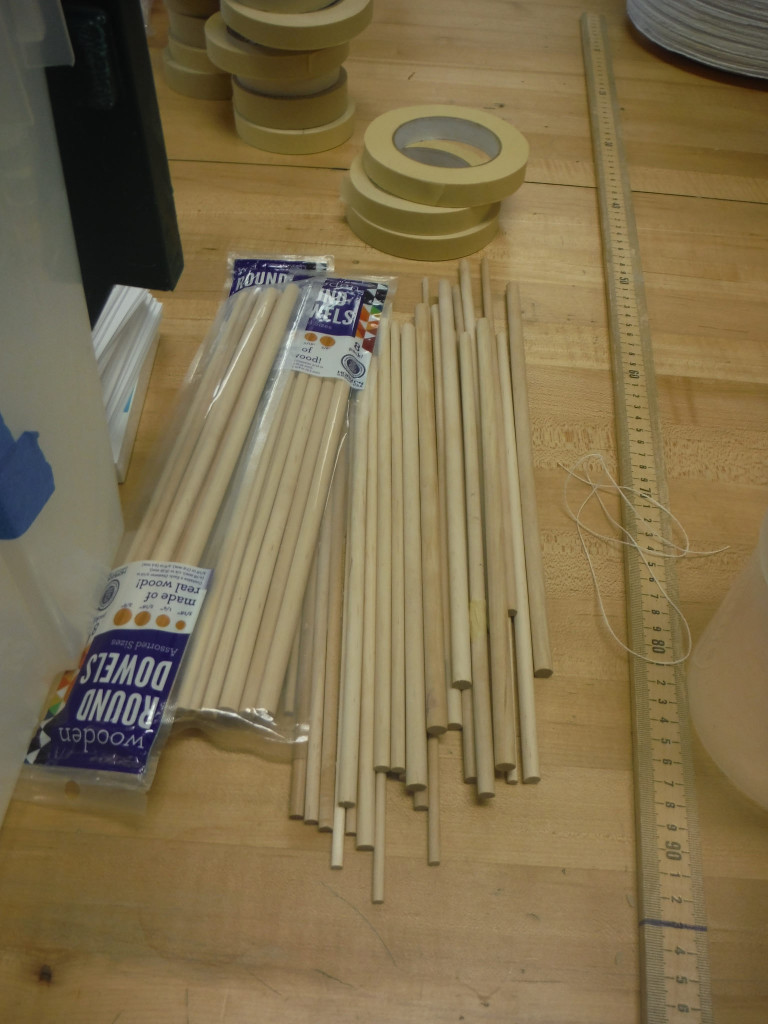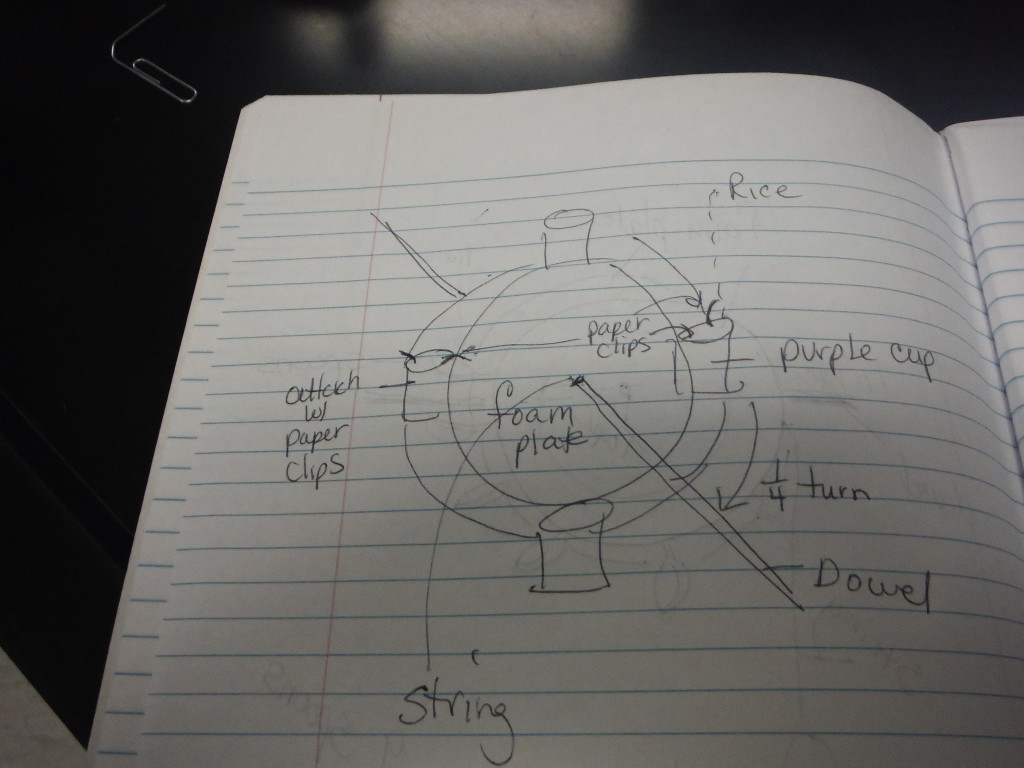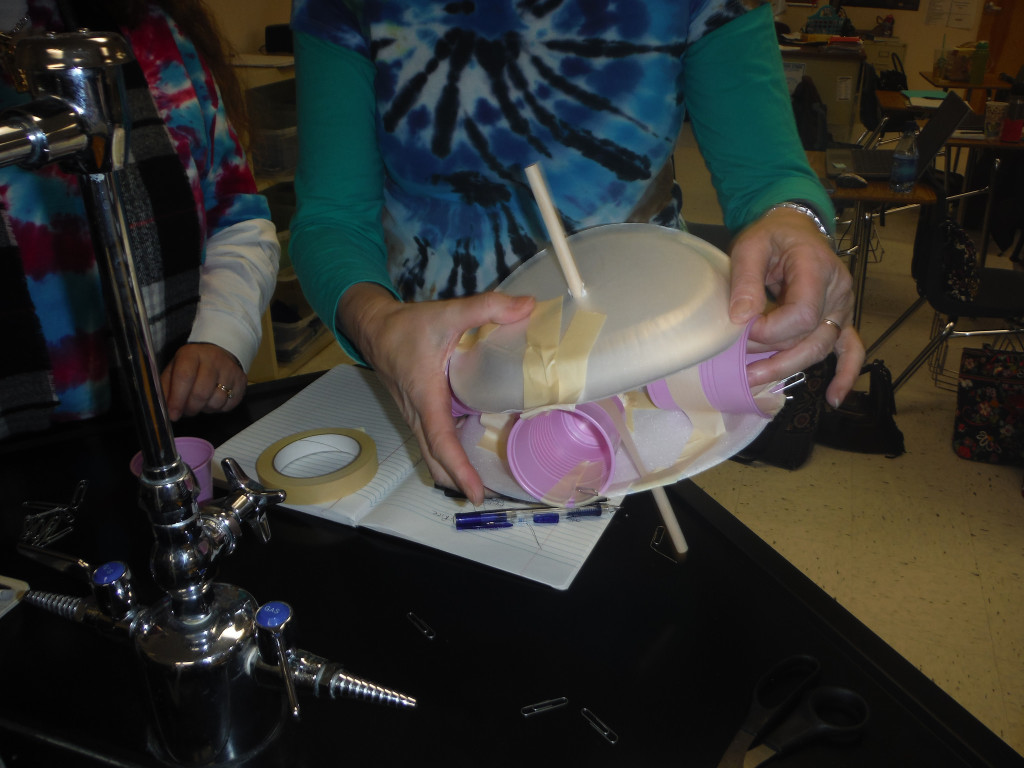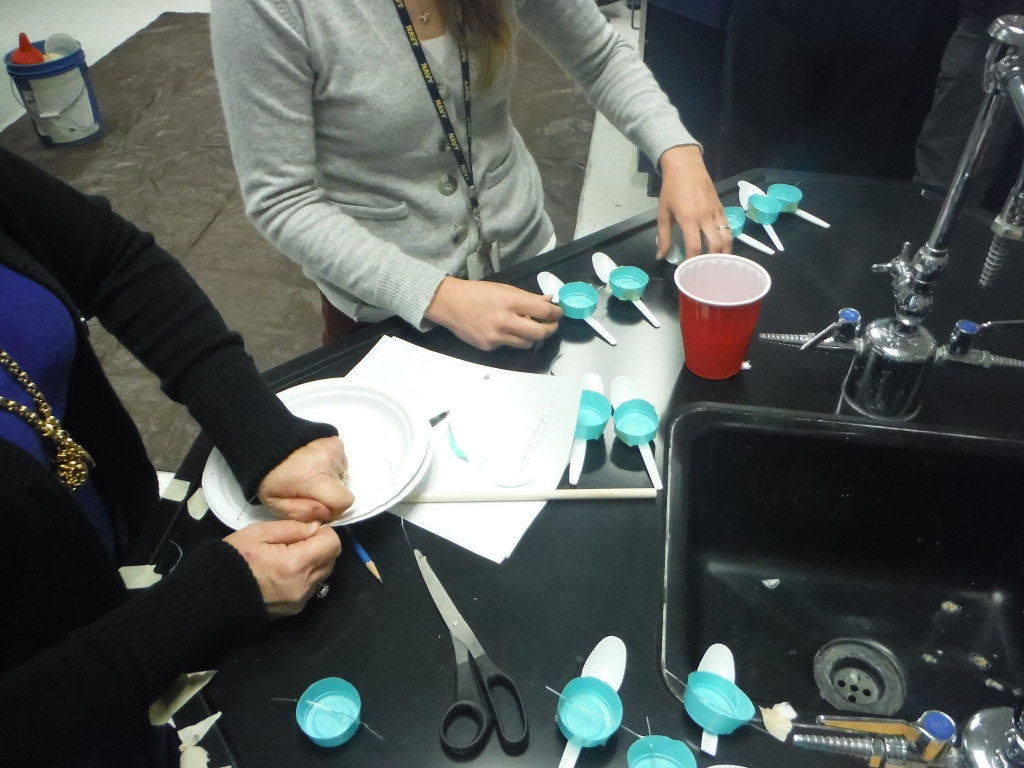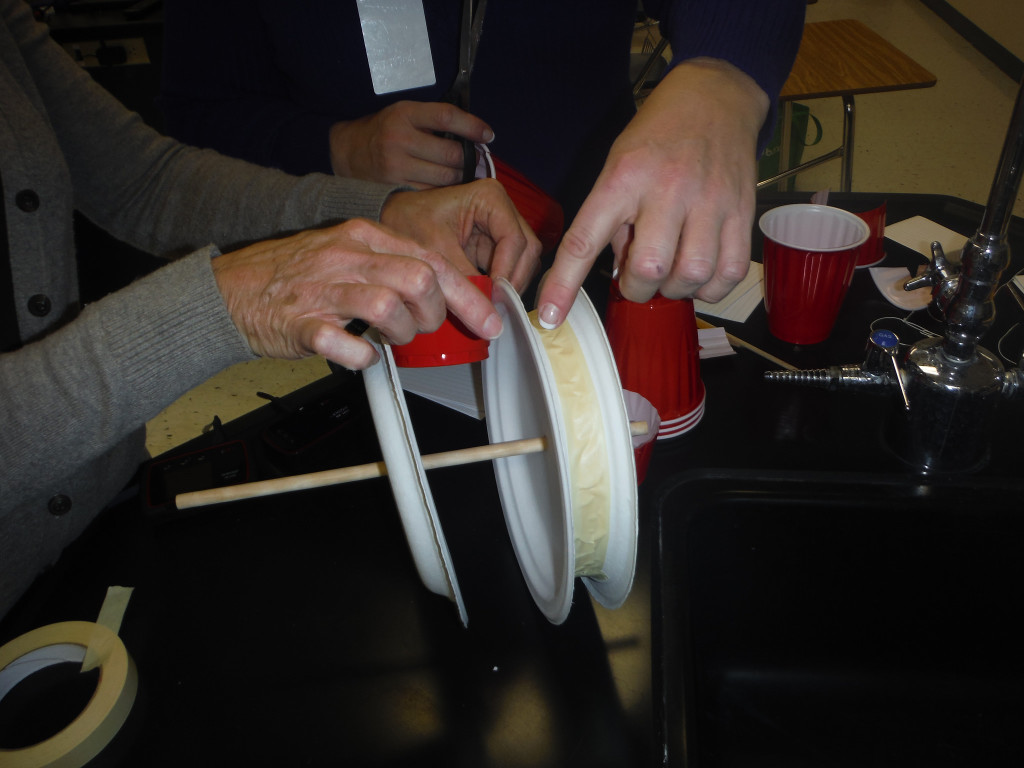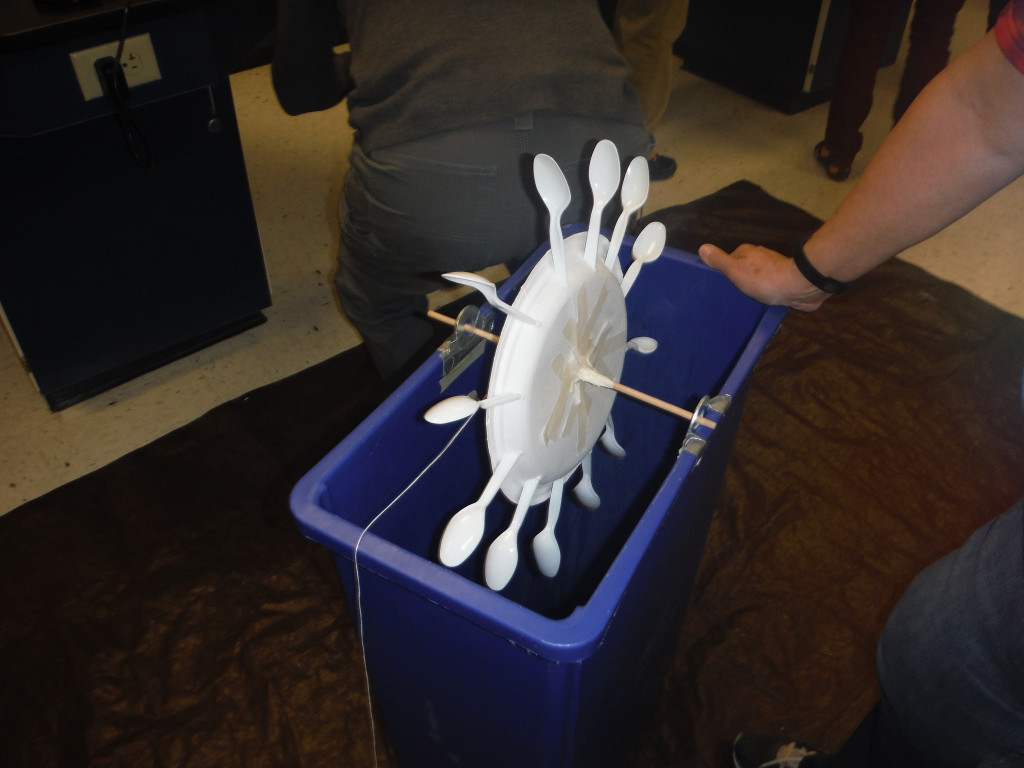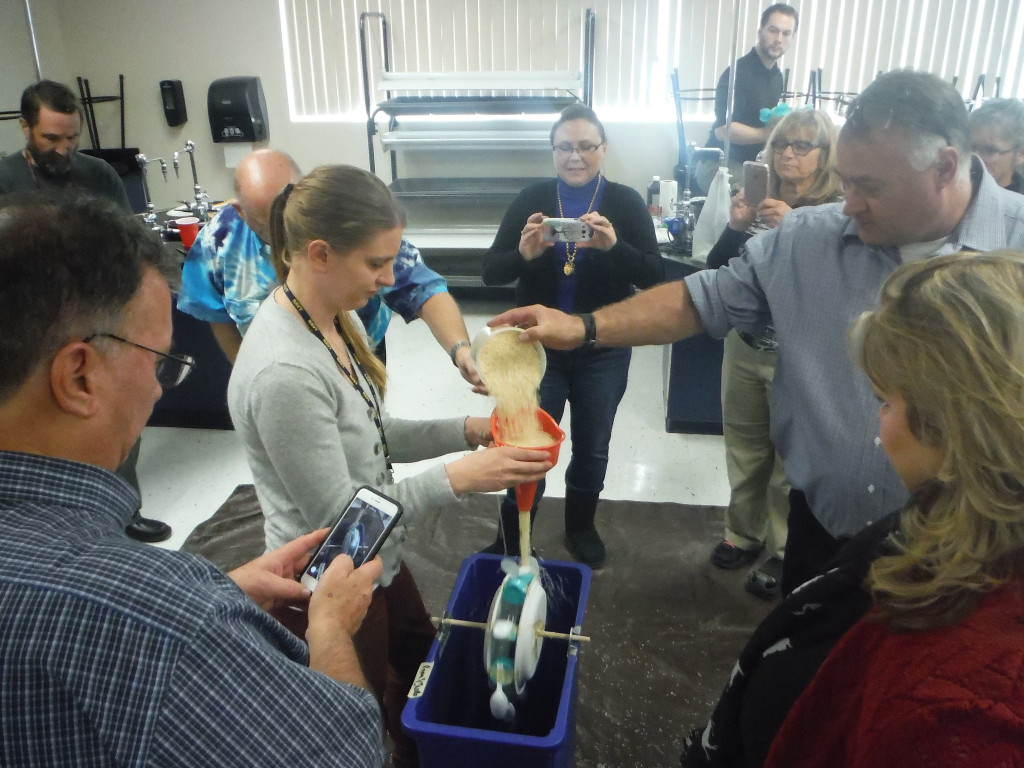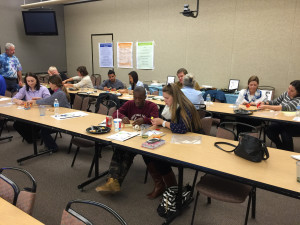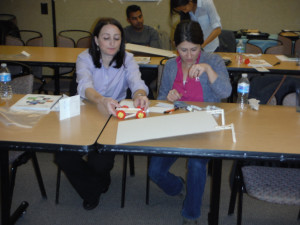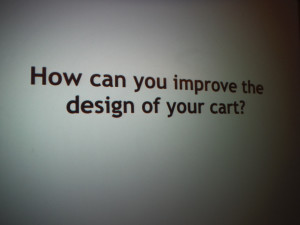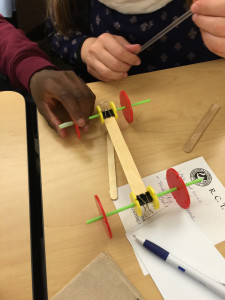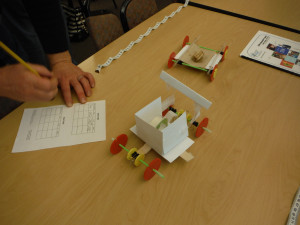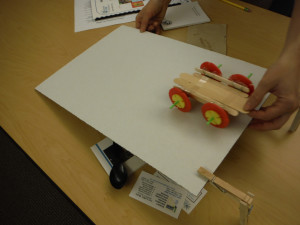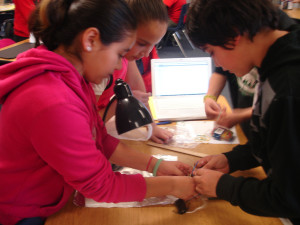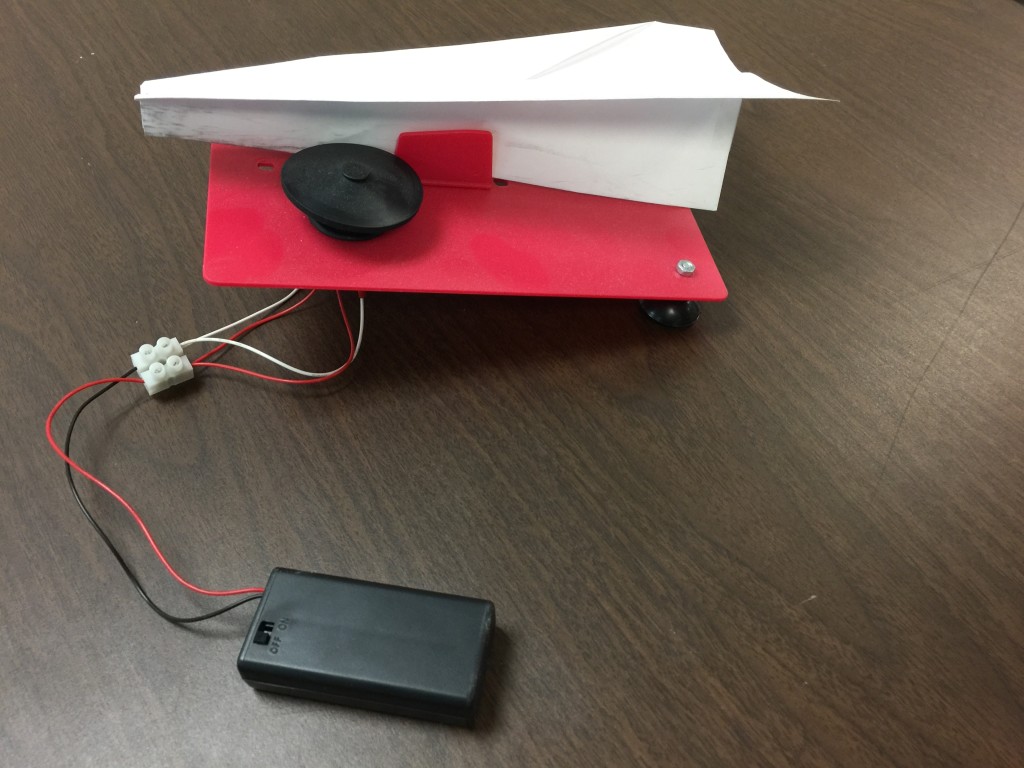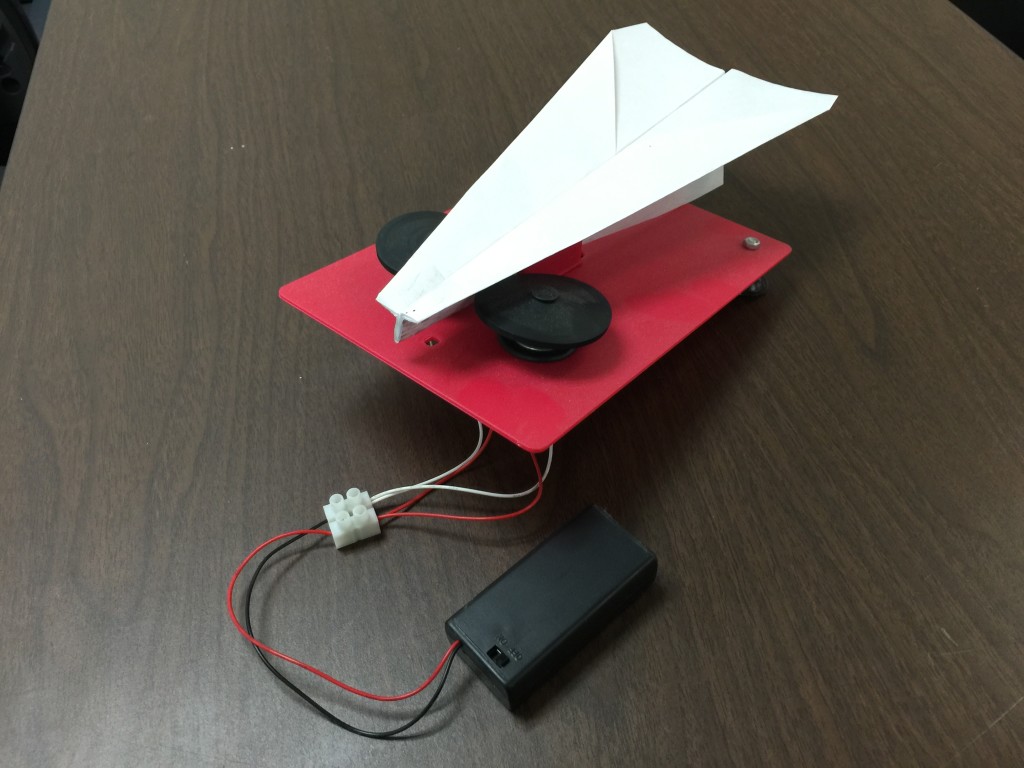I’ve seen numerous “tweets” today, on the 30th anniversary of the event, from people sharing where they were when they witnessed or heard about the Space Shuttle Challenger disaster. I was teaching 7th grade in Oakland, California, and our principal called my classroom to make me aware of what had happened since we weren’t watching live. We tuned in and watched the coverage for awhile and then discussed what had happened. The fact that Christa McAuliffe, the “Teacher in Space,” was a crew member added layers and significance to the discussion.
Twenty some years later my class had the privilege of having Grace Corrigan, Christa’s mom, visit our classroom. (the link takes you to a post about that day)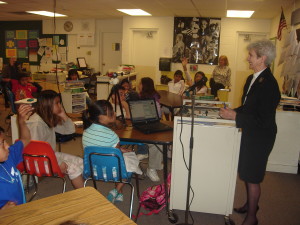
We only had one day to prepare for her visit so we learned a bit about Christa and the history of the Challenger, including watching video of the tragic liftoff, but then spent the rest of our limited time writing questions to ask her. We were told Grace would love to answer questions so that’s what we focused on. What to ask and what not to ask … what is appropriate and not. It was a more powerful learning experience than I expected and the students (4th graders) did a great job. Earlier in the year we had worked hard on speaking up and not showing nervousness, as much as possible anyhow, and that really paid off. You can read about the day we had – here and here.
One of our major takeaway’s however was realizing how much we learned about incorporating technology just as part of how we learn and work. When my class first went 1:1 with laptops … it was all about the laptops and what they could do … they were a shiny, bright object students couldn’t stop staring at. But now, however, because they had easy access and used them routinely, the technology had become more like a pencil … just things we use when needed without thinking about them much. And that was true of the other technologies and applications we commonly used – video-conferencing, cameras, blogs, wikis. The shiny-ness and bright-ness hadn’t totally worn off, but now more often than not, partly because of ubiquitous use, they are just powerful tools we utilize in our learning.
As part of Grace’s visit students researched the questions they were writing and wrote them out on their laptops and our printer. We shared her visit live on Skype (audio only) with collaborators in Virginia and New York. We recorded and posted her visit as a podcast and video-cast (I recently changed internet providers and will have to re-post those at some point). Students took the photos that illustrate this post and the other posts I’ve linked to. And, as we often did, we blogged about the experience as part of a process of debriefing and archiving learning we were finding valuable. 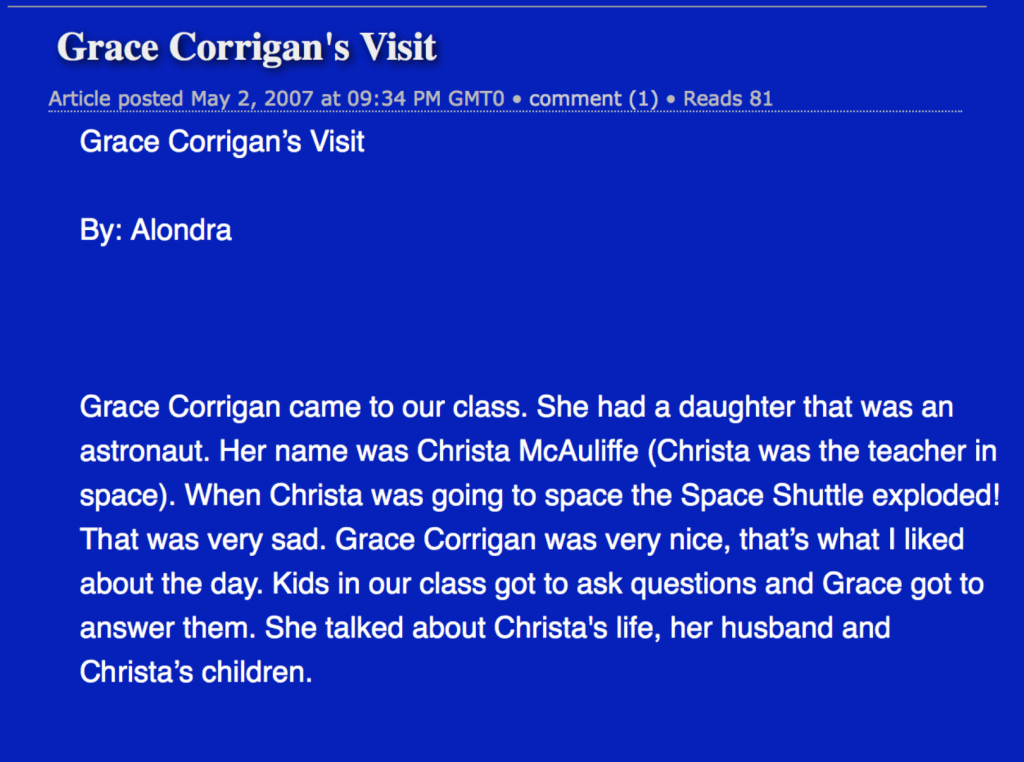
We did all those things not so we could use the technologies, but because using the technologies helped us learn and made it possible to share and collaborate on our learning globally.
An incredible learning experience meant for 28 students broke through the walls of the classroom that day.
A great day and way to learn and share about history and science! (and so much more) Christa’s legacy and message continue to “touch the future.”
Learning is messy!

